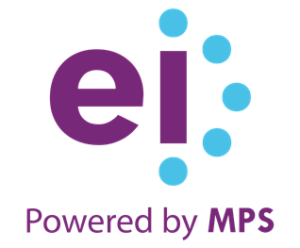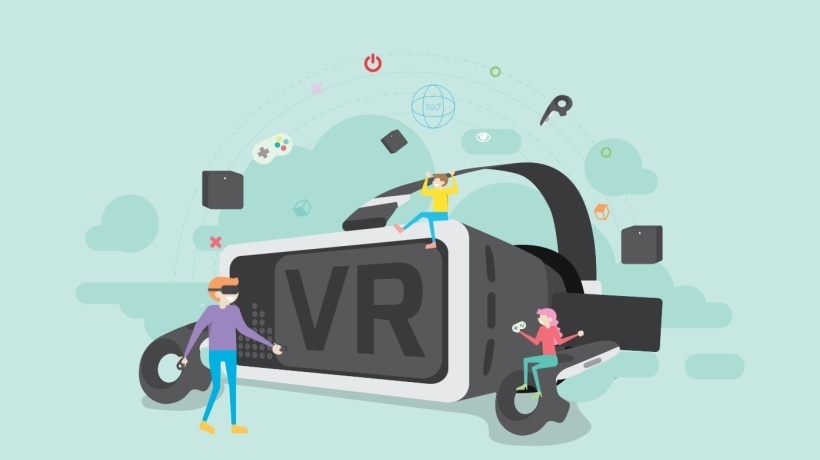What Is Active Learning?
Active learning is a teaching method that encourages learners to (compared to passive learning) engage with learning content more actively. This can be done by using discussions, group events, case studies, role-playing, game-based activities, problem-solving, and other related instructional delivery methods.
What Is The Significance Of Active Learning In The Current Workplace Dynamics?
One hallmark of today’s remote work is the pervasiveness of individuals and teams working physically and geographically apart from each other in environments (typically the home) where there are distractions galore. Fostering and maintaining workplace learning in such environments is more challenging today than it was a year or so ago.
Embracing active learning in the workplace today brings in significant value as it:
- Promotes greater learner engagement;
- Breaks the monotony of confinement to the same location (home) 24/7 and facilitates learning; and,
- Introduces social interaction through problem-solving, debating, and role-playing, which also keeps remote workers engaged and committed to the learning program.
Furthermore, active learning strategies like gamification add the much needed “entertainment” value to an otherwise lackluster learning experience. This not only brings levity into training but also fosters a sense of community, collaboration, and competitiveness—all vital skills for success in today’s work world. Participation in active learning strategies, like games, simulations, and virtual exercises, plays a significant part in equipping learners with the practical skills required for tomorrow.
Why Is Gamification A Great Fit To Drive Active Learning?
Unlike reading training manuals or following along with PowerPoint slides, playing games requires more engagement. That’s why one ideal strategy for active learning in the workplace is game-based learning (GBL) [1].
So, what does GBL entail, and how does it fit into broader workforce training strategies? GBL refers to applying games to further corporate training objectives. The goal of employing GBL is to:
- Help learners gain new skills;
- Enhance existing skills among the workforce;
- Foster team building and collaboration through team games and competitive gaming; and,
- Effect behavior modification by rewarding learners who embrace and excel in the desired behavior change espoused through gaming.
A GBL strategy might involve using custom-built gaming content, or it might entail third-party games in support of a training curriculum. Because GBL is entertaining (unlike passively listening to podcasts, reading a manual, or glazing over PPT slides), it encourages greater engagement and enthusiasm among learners. That makes it a great tool to promote active learning in the workplace.
Thanks to its immense popularity and flexibility, gamification has found broad applicability in active learning in the workplace. Not only does it fit well with VILT models, but gamification also greatly enhances the effectiveness of blended or fully self-paced learning. In fact, because of how well gamification may be adapted to real-world applications, corporate trainers find it an extremely useful strategy for supporting most corporate training needs.
How To Drive Active Learning In The Changed Workplace With Gamification?
When done right, here are some real-world outcomes [2] you can expect from gamification:
- 14% increase in skilled-based knowledge
- 11% improvement of factual knowledge
- 9% surge in retention rate
However, to achieve such results requires adopting a well-thought-out approach; randomly introducing “game breaks” just won’t cut it!
Here are some approaches to consider promoting active learning through gamification:
- Know your learners
Understand who they are, what previous gaming experience they have, and how familiar they are with your proposed gaming tools and technologies. - Address their fears and anxieties
All learners may not readily accept gamification as a “serious” means of active learning in the workplace. As a result, they’ll have fears, anxieties, and suspicions about the strategy; success depends on allaying those fears. - Prevent monotony
It’s one of the most common reasons for learner disengagement. Introducing gaming activities periodically throughout the course is one way to combat monotony and detachment. - Let learners control what happens
Pre-packaged gaming routines breed familiarity, which causes learners to lose interest. The use of learner-defined variables (avatars, roles, environmental settings), branching scenarios, and learner-driven decision paths ensures that learners always control how the game plays out. - Use familiar themes, characters, stories, and case studies
Serialize your gaming activity so it offers the continuity of a theme or story. Use characters, roles, and case studies familiar to the audience. This creates learner empathy with the game and encourages them to keep pursuing each “episode” with great enthusiasm.
To successfully leverage gamification as a strategy for active learning in the workplace, engage with learners throughout the game. Do so by providing timely and helpful feedback, hints, comments, and recommendations. And don’t forget to reward learners with badges, points, and leaderboards for their accomplishments.
4 Tips To Drive Active Learning In The Changed Workplace With Gamification
Before you start integrating it to support active learning in the workplace, take some time to consider the following tips and strategies to make gamification more effective:
- Pre-packaging versus personalization
Resist the urge to pre-plot a specific course through the game. Instead, open it up to customizing gaming paths based on learner preferences and choices. Do this by employing customized avatars, personalizing gaming paths, and tailor-made characters and roles. - Knitted stories versus disjointed episodes
The best way to build (and sustain) learner engagement over longer timeframes with gamification [3] is to knit a spell-binding story throughout the game. Learners will find this more compelling than participating in single-event, one-off games. - Team versus individual gaming
Active learning in the workplace happens through more than trainer-learner interactions. Some of the most effective learning happens through peer-to-peer interaction, which is what team games promote. - Winning and losing isn’t everything
...but learning is! While many learners (especially in team-based games) love to win, gamification isn’t about winners and losers. Instead, design your games so learners have multiple attempts at “getting it right” (that is, learning).
Most importantly, to use gamification as an effective strategy for active learning in the workplace, use continuous and constructive feedback as a mechanism to promote learner engagement. Instead of providing pass/fail feedback, offer learners constructive comments about their performance so they’ll use that feedback to learn from.
It’s an uphill battle to maintain learner engagement over prolonged periods by using passive training methods. Gamification is a strategy that not only promotes active learning in the workplace but also helps deliver better learning outcomes.
I hope this article provides insights to drive active learning in the workplace with gamification to engage your learners better. Meanwhile, if you have any specific queries, do contact me or leave a comment below.
References:
[1] How to use Game-based Learning to Drive Learner Engagement and Motivation
[2] GAMIFICATION, GAMES, AND LEARNING: What Managers and Practitioners Need to Know (Page 16)
[3] Frequently Asked Questions (FAQs) on Gamification in Corporate Training
Read More:
- eLearning Trends In 2021 — A Strategic Guide To Help You Create A Long-Term Blueprint For Your Corporate Training Programs In The New Normal
- 6 Killer Examples of Gamification in eLearning (Updated in 2020)
- 8 Effective Approaches to Gamify Your VILT Programs and Drive Remote Learner Engagement
- How to Build Employee Learning Habits and Drive Continuous Learning in the Workplace with Microlearning










